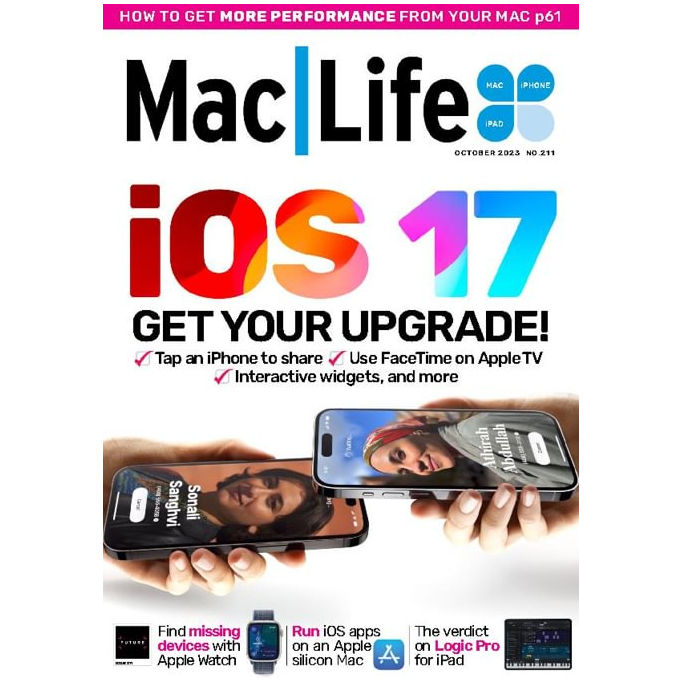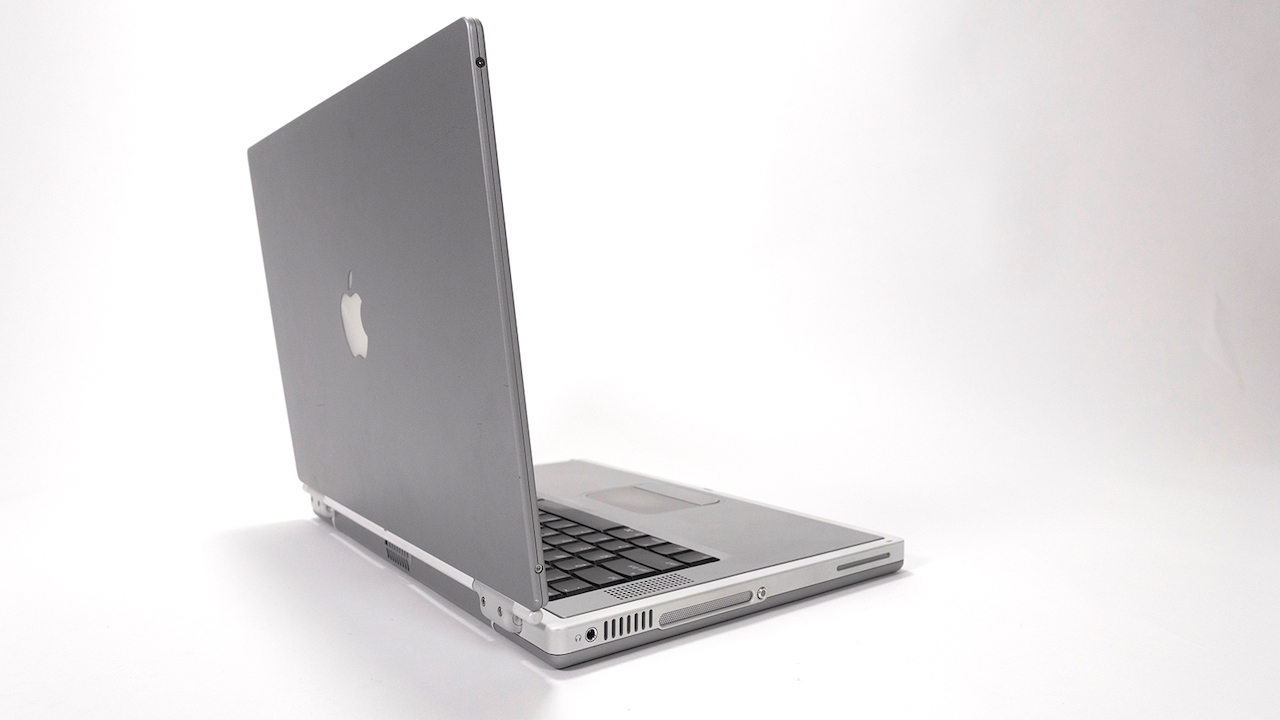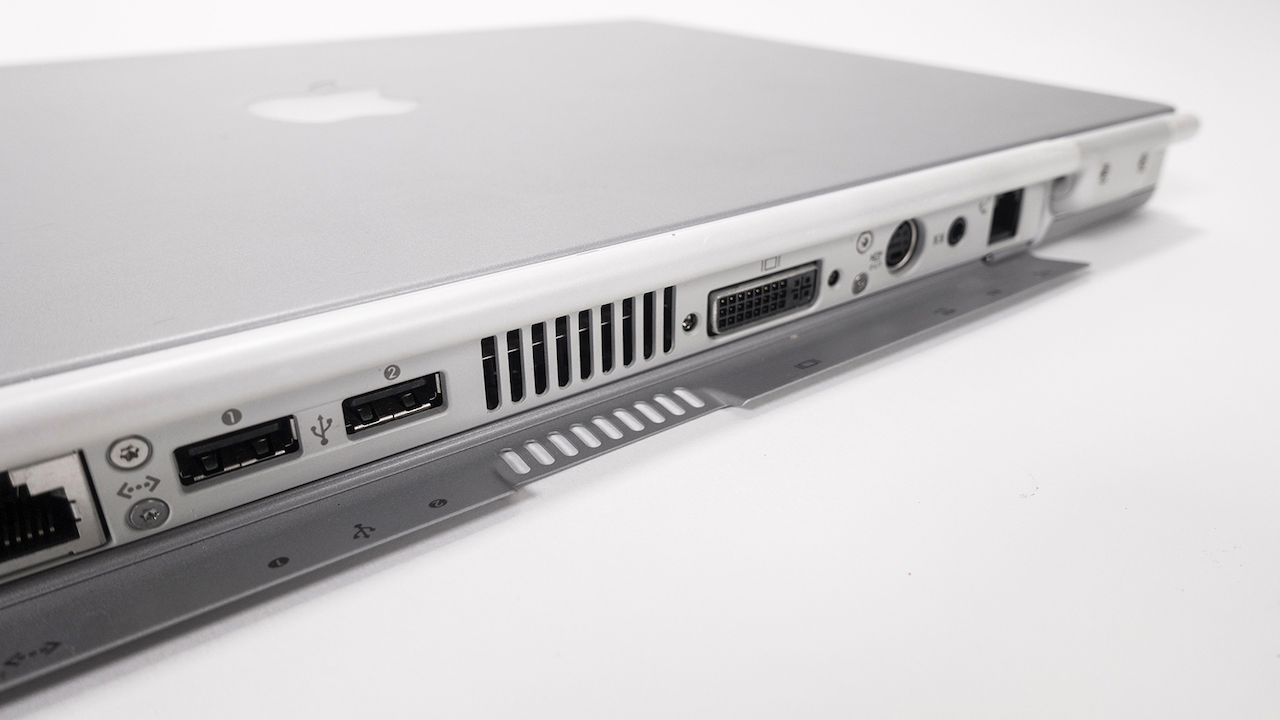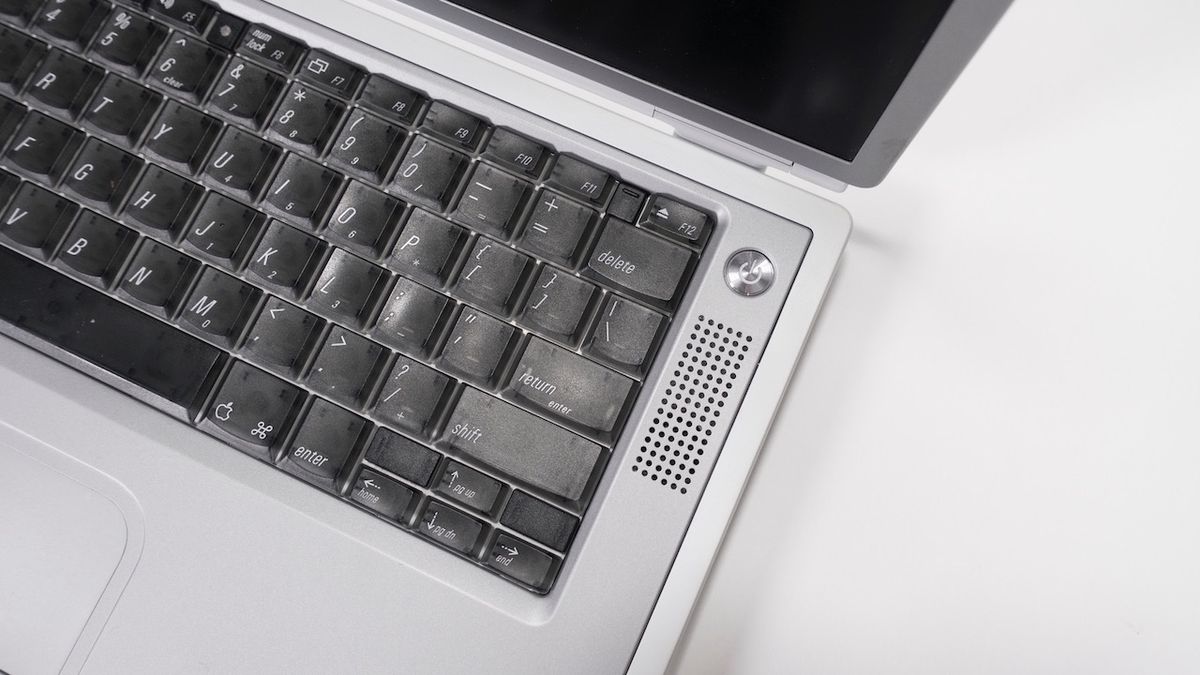
This article originally appeared in Mac|Life magazine. If you’d like to stay up-to-date on all the latest news, tips, guides and more for all things iPhone, MacBook, iPads and more, check out the latest subscription deals. Subscribe to the digital edition today from only $1.16 per issue!
Forget its new A17 Pro chip, the new 48-megapixel camera and the new Action button, the real superpower of the iPhone 15 Pro is its ability to instantly turn your iPhone 14 Pro from being a splendid state-of-the-art pocket-sized supercomputer into being a dead weight in your hand in seconds. It does this by ditching the steel enclosure that the previous model had and replacing it with “aerospace-grade” titanium. Titanium just sounds better, doesn’t it? Why settle for steel when you can have titanium? And in four different colours, too!
The advantage of titanium is that it’s as strong as steel, but half the weight and therefore it gets used in everything from surgical equipment and implants to space rockets. This means the new iPhone 15 Pros are just as strong, but more lightweight than their predecessors.
In fact, Apple is so excited about its use of titanium that it gave over an entire segment of the iPhone 15 launch event to Isabel Yang, a material science engineer at Apple, who explained how the Grade 5 titanium alloy used in the new iPhone 15 is even stronger than regular titanium. So strong that it’s used in the Mars rover.

But this isn’t Apple’s first experiment with titanium. Back in 2001 it produced the world’s first titanium laptop, the G4 PowerBook Titanium, lovingly known as the “TiBook” because “titanium PowerBook” was just too much of a mouthful to say, let alone type.
Setting the stage for the modern MacBook
The TiBook was perhaps the first truly modern-looking laptop — slim, not chunky at all, and with that space-age grey color that you see every MacBook sporting today. In fact, looking back at the 2001 TiBook you can see that it set the standard for all Apple’s laptops to come.
For instance, it was the first laptop that had the Apple logo on the lid oriented correctly, so that when you opened your laptop people saw your Apple logo staring directly back at them, the right way up, not upside down. It had obviously taken Apple a little while to realise that half the fun of owning an Apple product was that it gave you bragging rights over your clunkier PC laptop-owning friends.

Ok, not everything about the TiBook was perfect. The ports were all at the back, instead of at the sides as they are today, for starters. But apart from that, this was the laptop design that would define Apple for the next 20 years, and more.
Sadly, titanium didn’t last as a laptop material, with Apple opting for aluminium casings, which were light, cheaper and more malleable. Also, back in 2001 Apple had no way of coloring the titanium, so it simply painted over it, a fact that can be gleaned by looking up TiBooks on eBay today and seeing how much the paint has flaked off over the years. In fact, you can still buy working TiBooks on eBay – take a look!
Apple has previously used titanium on the Apple Watch, but now titanium is making a comeback on the iPhone. So, my only question is, when can we expect it in a titanium MacBook Pro again, Apple, because we are hella ready.
